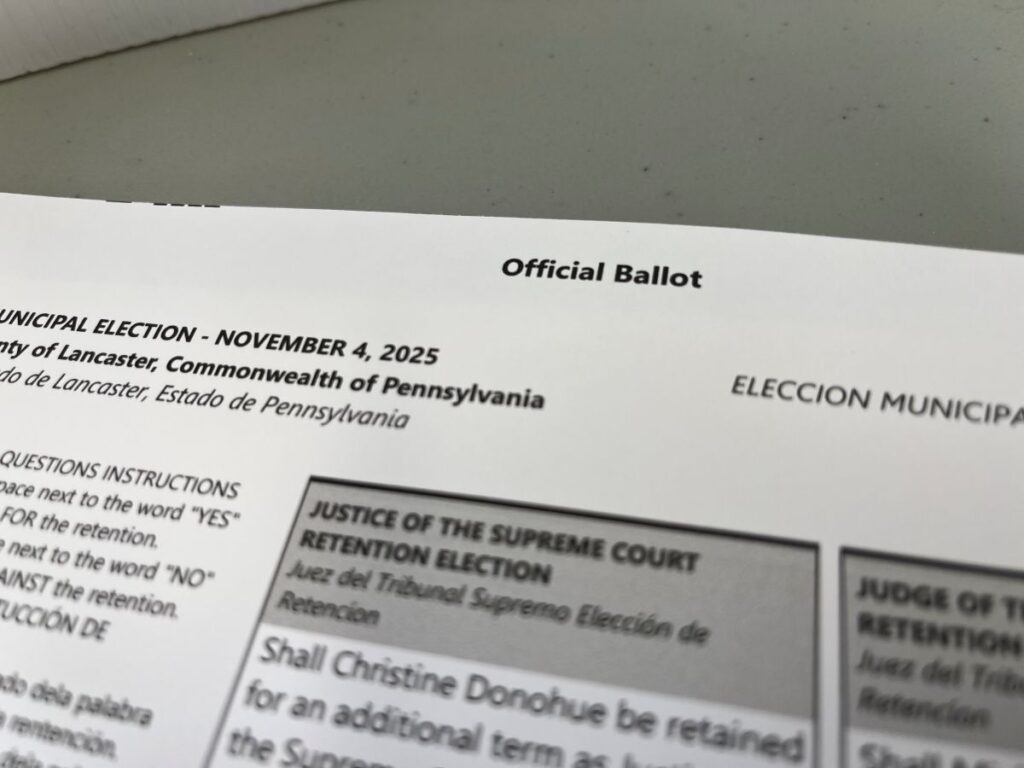Election watchers expressed sharp frustration after ballot confusion and procedural gaps left voters inconvenienced and raised fresh questions about election integrity.
The scene at polling places looked and felt avoidable: long waits, mismarked ballots, and machines that stalled at critical moments. From a Republican perspective, these problems erode public confidence because they smell of poor planning and weak safeguards rather than mere technical hiccups. Voters showed up ready to participate and deserved a system that respected their time and their ballots.
Observers on the ground reported inconsistent rules from one location to the next and limited access for those trying to monitor the process. “Election watchers were outraged over the inconvenience to voters and the election integrity weaknesses this situation has created.” That sentence captures what many saw: chaos for voters and opportunities for system failures to go unnoticed.
Ballot handling and chain of custody were particular sore spots, with reports of unclear transfer procedures and insufficient documentation. When envelopes, drop boxes, or counted stacks move without obvious, auditable tracking, confidence takes a direct hit. The argument from this viewpoint is simple: elections deserve rule-bound rigor so outcomes are beyond question.
Equipment problems amplified the practical harm to voters, turning straightforward trips to the polls into hours-long ordeals for some. Machines that freeze or print errors force reliance on provisional processes that vary by precinct and can disenfranchise people who can’t wait. That inconsistency is exactly what fuels distrust, not just among activists but among everyday citizens who want a fair process.
Access for bipartisan observation also felt squeezed in several reports, with monitors describing limited sightlines and delayed updates on procedures. Observers said they were shuffled or redirected in ways that made systematic oversight difficult. From a conservative viewpoint, transparency through clear, open observation is nonnegotiable for maintaining faith in results.
Officials defending the process often point to safeguards and post-election audits, but those promises ring hollow if basic day-of procedures are sloppy. Audits are only as meaningful as the record they inspect, and when paperwork or chain-of-custody notes are incomplete, an audit can’t repair the initial breakdown. Republicans tend to prioritize preventive measures that stop problems at the ballot box rather than relying solely on after-the-fact reviews.
Communication failures worsened the situation: voters got conflicting instructions about where to go, what identification was acceptable, and how to handle provisional ballots. When the public receives mixed messages, confidence drains quickly, and speculation fills the gaps. A functioning election system needs clear, consistent communications from trusted officials at every stage.
Practical reforms discussed by those concerned with integrity focus on standardized procedures, visible chain-of-custody practices, and robust, uniform rules for observers. The emphasis is on predictable, auditable steps that prevent confusion and make it harder for errors to cascade into bigger problems. At stake is not just an individual contest but the larger public trust that keeps elections working.



